Open Access Government produces compelling and informative news, publications, eBooks, and academic research articles for the public and private sector looking at health, diseases & conditions, workplace, research & innovation, digital transformation, government policy, environment, agriculture, energy, transport and more.
Home 2025
Archives
Civic powerhouses: How organizations drive volunteering
Rebecca Nesbit and Laurie E. Paarlberg, focus on civic powerhouses, explaining how organizations, such as faith congregations, drive volunteering.
Understanding the role of botanicals in medicine
Dr Erin C. Berthold from Planted in Science Consulting LLC discusses the uses and perceptions of botanical medicines, emphasizing the necessity for coordinated global efforts to understand and regulate these substances to ensure their safe integration into healthcare.
Predictive modelling of galactic star and planet formation
This article details advancements in our understanding of star and planet formation within galaxies, emphasising the transition from steady-state models to recognising the dynamic nature of the interstellar medium (ISM) in these processes.
Defining a region: The march of Wales
Principal Investigator, Professor Helen Fulton, Chair of Medieval Literature at the University of Bristol, explores a collaborative project which aims to revitalise a forgotten British borderland.
4D dynamic earth: Advancing our understanding of the planet’s interior
B.C. (Bart) Root, an Assistant Professor at Delft University of Technology, discusses the 4D Dynamic Earth: Phase 1 project, which is enhancing our understanding of the planet’s interior.
Advancing space robotics: AI-driven innovation for lunar exploration and orbital operations
Dr. Sean Kalaycioglu, Toronto Metropolitan University Researcher and AIMechatroniX Inc. President, explores advancing AI-enabled space robotics for lunar exploration and orbital operations.
Positron and electron catalysis of neutrino hadronization: How our universe was made. Part II
Constantinos G. Vayenas, Dionysios Tsousis and Eftychia Martino discuss advancements in understanding particle physics through the development of the Rotating Lepton Model (RLM).
Nanobubble transformation of water treatment
Professor Niall English discusses the challenges and advancements in water treatment, highlighting AquaB Nanobubble Innovations’ breakthrough nanobubble-generation technology, which offers a more sustainable solution for water treatment across various sectors.
Purple phototrophic bacteria and microbial electrochemical technologies: A new biorefinery concept for wastewater treatment
The shift towards sustainable wastewater treatment focuses on nutrient recovery through biorefineries, highlighting the importance of microalgae, cyanobacteria, and, more recently, purple phototrophic bacteria for their metabolic flexibility and adaptability.
Raman spectroscopy for forensics: Identifying body fluid traces and gunshot residue
Here, the Department of Chemistry and the Center for Biophotonic Technology and Artificial Intelligence (CeBAI), investigates Raman spectroscopy for forensic applications, a universal technique for identifying traces of body fluids and gunshot residue.
Quantum bits and neural interpretation of information
Dr Peter Verheyen, DMD from Sola Society & Academy, Vienna University, delves into the world of quantum bits and neural interpretation of information.
Frontline innovations: Introducing the Black Sea battle lab
The Black Sea Battle Lab is a new initiative launched by the Ukrainian and Norwegian armed forces amid the ongoing conflict in Ukraine. Set to begin in July 2025, it aims to create a hub for innovation, leadership development, and policy engagement in maritime operations. Head of the Department of Tactics, Ukrainian Naval Forces Institute, Pavlo Rud, explains.
Rethinking silicone coatings: Using polymer architecture to eliminate VOCs
Ring polysiloxanes offer a promising route to VOC-free silicone coatings without compromising performance; Anne Ladegaard Skov and Cody Brian Gale from the Technical University of Denmark explain.
Climate and hydrologic change across the Great Lakes region and other transboundary waters
Scott Steinschneider, M. Altaf Arain, Paulin Coulibaly, Andrew Gronewold, and Gail Krantzberg, explore climate and hydrologic change across the Great Lakes region in North America and other transboundary waters.
Next-generation exercise analysis technology: Visualization of muscle activity
Professor Yoshihiro Shimomura from Chiba University explores next-generation exercise analysis technology, using electromyography (EMG) and mechanomyography (MMG). His vMMG system visualizes muscle activity with a low-frequency microphone and LED indicators, enabling real-time observation and data recording for further analysis of muscle function.
Mathematical literacy and ICT integration research in particular real-world problem-solving in education
Professor Goto Joji, an expert in mathematics education, emphasizes the need for university-level mathematics education to develop essential skills in probability, statistics, and functional reasoning, highlighting its relevance to real-world problem-solving and everyday life.
Online and on-demand teaching materials for science education
Masatsugu Taneda, an Associate Professor at Osaka Kyoiku University, focuses on science education, in particular, the development of online and on-demand teaching materials, including chemistry.
The evolving landscape of engineering education
Engineering graduates are very much in demand, but the changing nature of the workplace requires that higher education focuses on new skills and capabilities; John Mitchell, Director of the Centre for Engineering Education, explains.
Laser light absorption on molten metal
Light absorption at high temperatures is highly impacted by interband absorption in addition to intraband absorption.
How did the first stars form in space?
Ralf Klessen, professor of theoretical astrophysics at Heidelberg University, investigates the physical processes that governed the formation of the first generation of stars in the early Universe.



![Predictive modelling of galactic star and planet formation Figure 1 - The figure illustrates the diversity and multi-scale nature of the structures in the Galaxy. The first two lines are real astronomical images, which go from the galactic disk itself and down to the planet-forming disks. The last two lines are generated from numerical simulations and aim to understand and interpret the observations. [adapted from Facchini et al. 2025, Göller et al. 2025, Hennebelle et al. 2022, Lebreuilly et al. 2024, Molinari et al. 2016, 2025, Reissl et al. 2016]](https://www.openaccessgovernment.org/wp-content/uploads/2025/08/figure-218x150.png)
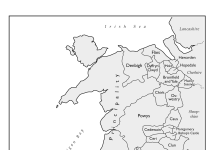
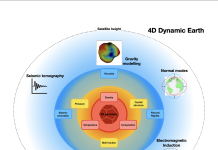
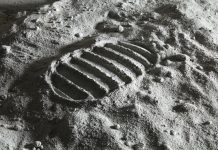
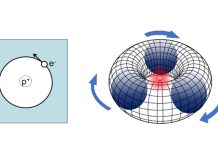

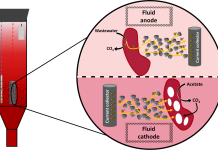
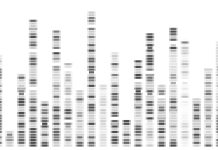


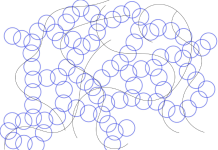
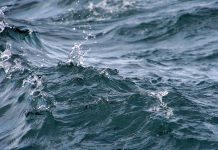
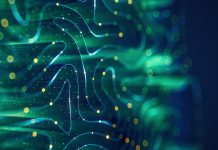
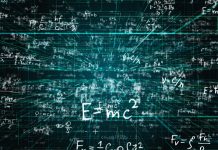

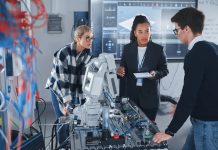
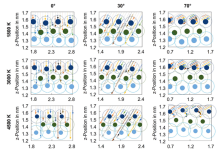
![How did the first stars form in space? Figure 1: Sketch of the evolution of the Universe over the last 13.77 billion years. It started with the Big Bang, followed by an extremely short period of rapid exponential expansion. The furthest we can see is the cosmic microwave background, when radiation decoupled from matter, approximately 380,000 years after the Big Bang. This is followed by the ‘dark ages,’ during which this radiation redshifted from the visible regime into infrared and sub-mm wavelengths. The occurrence of the first stars, about 400 million years after the Big Bang, ended this phase, spearheading the formation of galaxies as we see them today. [Credit: NASA/WMAP Science Team, public domain]](https://www.openaccessgovernment.org/wp-content/uploads/2025/05/Fig-1_1200-218x150.jpg)
